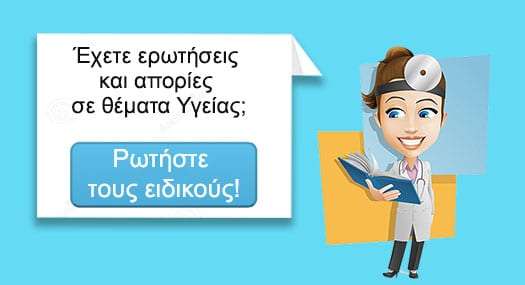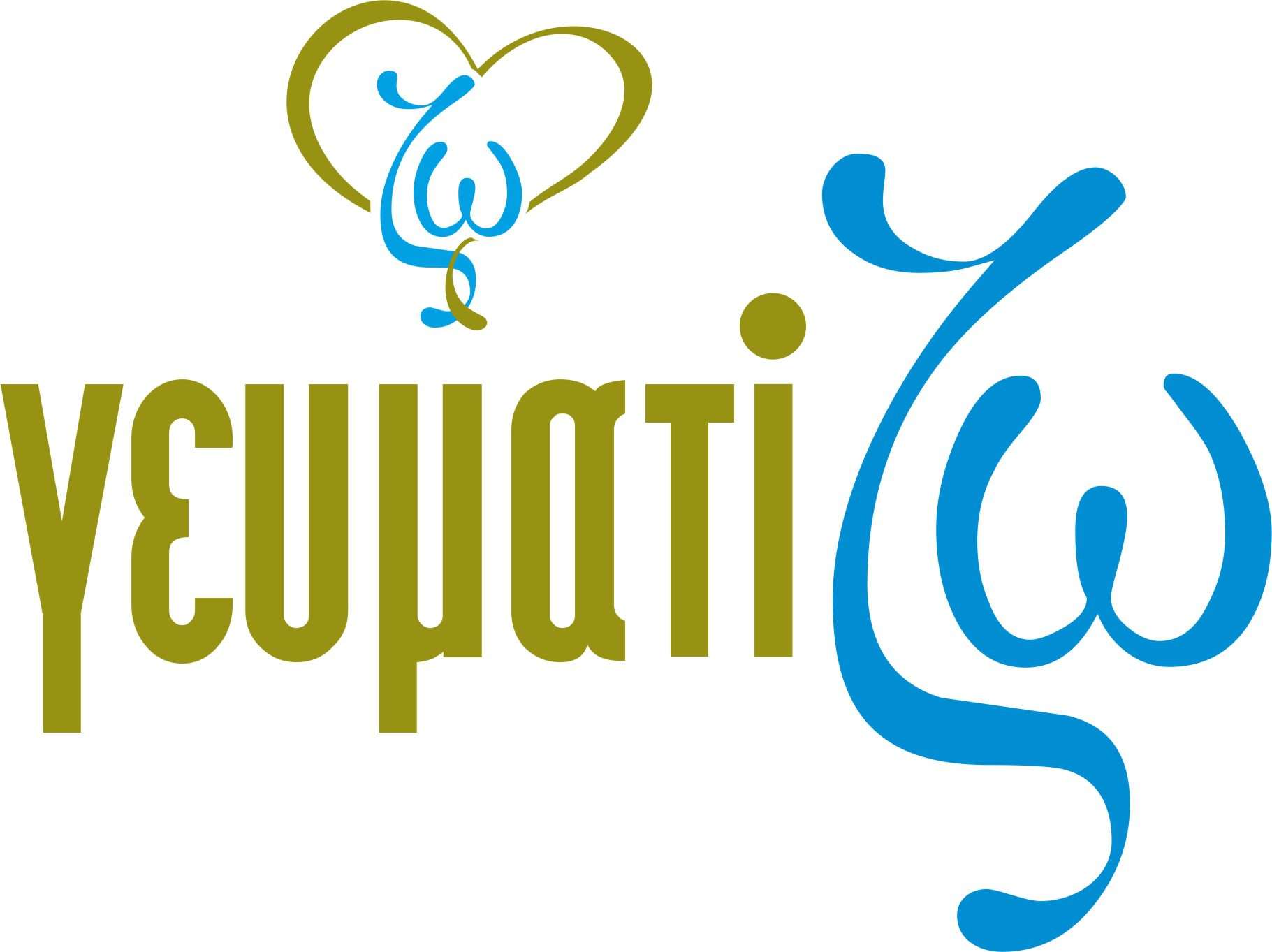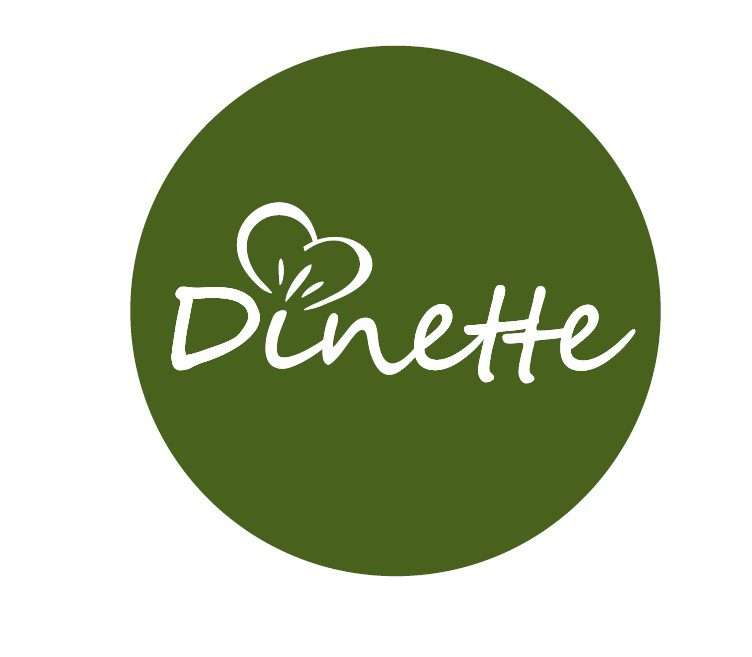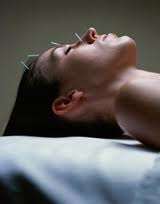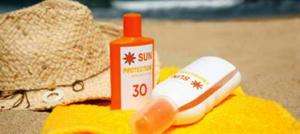Treatment of skin diseases with acupuncture
Introduction
Acupuncture is a technique that originated in China more than 3000 years ago. Diseases are treated by inserting needles on different parts of the body – acupuncture points. Today other techniques are available, for example electroacupuncture transepidermal nerve stimulation, cupping and Moxibustion. During the last few years the interest in acupuncture by the medical profession has increased because of the published results of efficacy, although the number of controlled studies is still few. Even though we are without a complete understanding of acupuncture’s mode of action, there are some suggested theories. Raphe’s nuclei may play a key role in the effect of acupuncture1. It has been demonstrated that Raphe’s nuclei produce serotonin which stimulates the production of corticotropin releasing factor (CRF). This causes the release of ACTH which, by increasing glucocorticoid production, influences the immune response and inflammation.
Acne
Ear acupuncture was used exclusively to treat 80 patients with acne2. Patients were classified as having inflammatory acne, acne papulosa, severe acne, or conglobate and cystic acne. The criteria for assessment were: 1 -cured (complete disappearance of the rash and seborrhoea reduced to nearly normal); 2-markedly effective (skin lesions nearly disappeared with only two or three papules or pustules, and seborrhoea partly diminished; 3-ineffective (no significant effect after 20 treatments).
Treatments were conducted every other day. On average every patient had 16 treatment sessions; in general a response began to appear after eight treatments. Follow-up observations after completion of treatment were from 2 weeks to 5 years. The author reported that 77% of the patients were cured, 14% obtained marked improvement and 9% experienced no change. The author suggested that stimulating the immune system, and at the same time regulating the production of gonadal hormones, might have been the mechanism which led to these responses.
Another report3 described 129 cases of facial skin disorders, including acne, rosacea, verrucae and chloasma, treated with a combination of ear and body acupuncture. Treatments were carried out every other day, but the number of treatments was not reported. On termination of treatment, the patients were assessed by the same criteria as those mentioned above, but the basis for assessment before treatment was not mentioned. Of the 129 patients 70% were cured, 20% experienced improvement and the remaining 9% were unchanged. It was observed that the longer the disorder had persisted, the poorer were the results obtained.
Atopic dermatitis
A single patient with atopic dermatitis treated with TENS has been reported4. A 15-year-old girl had suffered since infancy from atopic dermatitis, asthma and rhinitis. This patient was treated with low-frequency (2 Hz) TENS with a square wave pulse, each stimulation consisting of bursts of five pulses with an internal frequency of 100 Hz. Electrodes were placed on the hand only, and the treatment of 30 min duration was conducted three times daily for the first month and twice daily for the following four months.
The intensity of itch was recorded daily using a modified VAS scale. A reduction in the itch appeared after 30 min of treatment and lasted until the next treatment session. During a 16 months’ follow-up only slight eczema occurred and the patient was relieved of her itch. The author suggested that increases in beta-endorphins, ACTH and plasma cortisol may have been the reasons for the improvements.
Psoriasis
Liao5 described the results of acupuncture treatment of 61 patients with psoriasis. The patients were classified into the following groups before treatment: mild (small areas covering up to the area of a limb), moderate (lesions involving one or two limbs and the torso) and severe (lesions scattered over three limbs and the torso). Criteria for evaluation were: 1 -no improvement (only minimal clearance of the skin); 2-slight improvement (about one-third of the involved skin cleared); 3-moderate improvement (two-thirds of the involved skin cleared); 4-excellent improvement (complete or almost complete clearance of all the lesions). At the conclusion of this study 30 patients were cured or virtually cured, 14 patients showed significant improvement, while the remaining 17 did not respond. On average these patients received nine treatments (range 2 to 15), but the report does not describe the treatment technique in detail. The author reported that the reticuloendothelial system was involved in the mechanism of action.
Zhao et al.6 described the treatment of 600 patients suffering from psoriasis classified as psoriasis arthropathica, psoriasis erythrodermia or pustular psoriasis. The criteria for therapeutic effectiveness used were established according to the recommendations of “The National Research Group on Psoriasis, 1987”. The authors employed a specific regimen involving several modalities such as cupping, electroacupuneture and body acupuncture. All patients were treated every other day and 30 treatment sessions were sufficient in most cases. Of the 600 patients, 61.7% were cured, 5.2% were virtually cured, 19.2% were markedly improved, 12.3% were improved and 1.7% were unchanged. A follow-up study of 100 of these patients recorded a 20% relapse.
Warts
Seven patients with warts on the feet and anogenital warts were treated with acupuncture7 and moxibustion (warming the needles) daily for 1 week. The warts disappeared after a short treatment period and untreated warts also disappeared during treatment. The author claimed that activation of the immune system was the cause of the beneficial effect.
Leg ulcers
Electroacupuncture treatment was used in 50 patients with leg ulcers8,9. The authors presented photographs taken before and after treatment. Unfortunately, they did not provide details of their treatment programme. Cures were achieved in all cases. The authors attributed the beneficial effects to an increased blood circulation in the affected parts speeding up the healing process.
Bacchini et al.10 described the results of treatment of 80 patients with leg ulcers due to stasis caused by phlebitis and varicose veins. Of these patients, 16 also suffered from Raynaud’s phenomenon. The patients were treated with electroacupuncture at I – 10 Hz for a duration of 20 min. The patients were assessed by photographs taken before and after treatment. The authors concluded that acupuncture appears to be effective for spasms of the arteries and for improving the circulation in the collateral arteries.
Kaada11 reported on 20 patients with leg ulcers treated with TENS. The causes for the leg ulcers were thrombophlebitis, varicose veins, neuropathy, arteriosclerosis and scleroderma. Assessment was by means of photographs taken before, during and after treatment. In all patients the ulcers healed in an acceptable and satisfactory manner. Interruptions to the treatment programme were associated with a cessation of the healing process which recommenced only when treatment was resumed. The author argues that TENS is superior to acupuncture because it is easier to administer. In almost every case, it would be a simple matter to give this treatment in the patient’s home.
Discussion
The opinions held by acupuncturists of how skin diseases should be dealt with vary greatly, and it is difficult to perceive a common denominator. However, in all studies very long periods were used involving 5 to 30 sessions, and in reports disclosing the treatment technique, stimulation of the needles took place either by manipulation or with electricity. The various studies generally testify to many cases of total recovery, and for the remaining patients a considerable degree of improvement. However, most of the reports were uncontrolled, retrospective, without follow-up studies, and often without assessment of the condition by means of standard validated techniques.
References
1. Veroux G, Perciavalle V, Fundamental and scientific research in acupuncture. Acupunct Med (1988) 5: 12-14.
2. Yihou X Treatment of acne with ear acupuncture – a clinical observation of 80 cases. J Tradit Chin Med ( 1989) 9:238-9.
3. Yihou X, Treatment of facial skin diseases with acupunc-ture. J Tradit Chin Med (1990) 10: 22-5.
4. Kaada B, Successful treatment of itching and atopic eczema by transcutan nerve stimulation. Acupunct Electrotlter Re.s Inr J (1987) 12: 101-12.
5. Liao SJ, Acupuncture treatment for psoriasis, a retrospec-tive case report. Acupunct Electrother Res Int J (1992) 17:195-208.
6. Zhao F, Wang P, Hua S, Treatment of psoriasis with acupuncture and cupping therapy. Chin Acupunct Moxibustion (1991) 11: 16-19.
7. Chen GS, Treatment of warts with moxibustion and acupuncture. Am J Acupur:ct (1987) 15: 221-2.
8. Bernardo ND, Crisafulli A, Gemelli F et al, Ricerche sperimentali sull’ azione dell’ electroagopunctura nei processi riparativi. Minerva Med (1980) 71: 3709-13.
9. Benerdo ND, Ferlazzo F, Biondo G et al, Electroagopuntura ed ulcere trofiche. Minerva Med (1980) 17: 3715-18.
10.Bacchini M, Conci F, Roccia L et al, Distribi del circulo ed agopunture. Minerva Med (1979) 70: 1755-7.
11.Kaada B, Use of transcutaneous nerve stimulation in the treatment of chronic ulceration and peripheral vascular disorders. Acupunct Electrother Res Int J (1985) 10: 235-6.
Published in the Journal of Dermatological Treatment (1995) 6, 241-242
